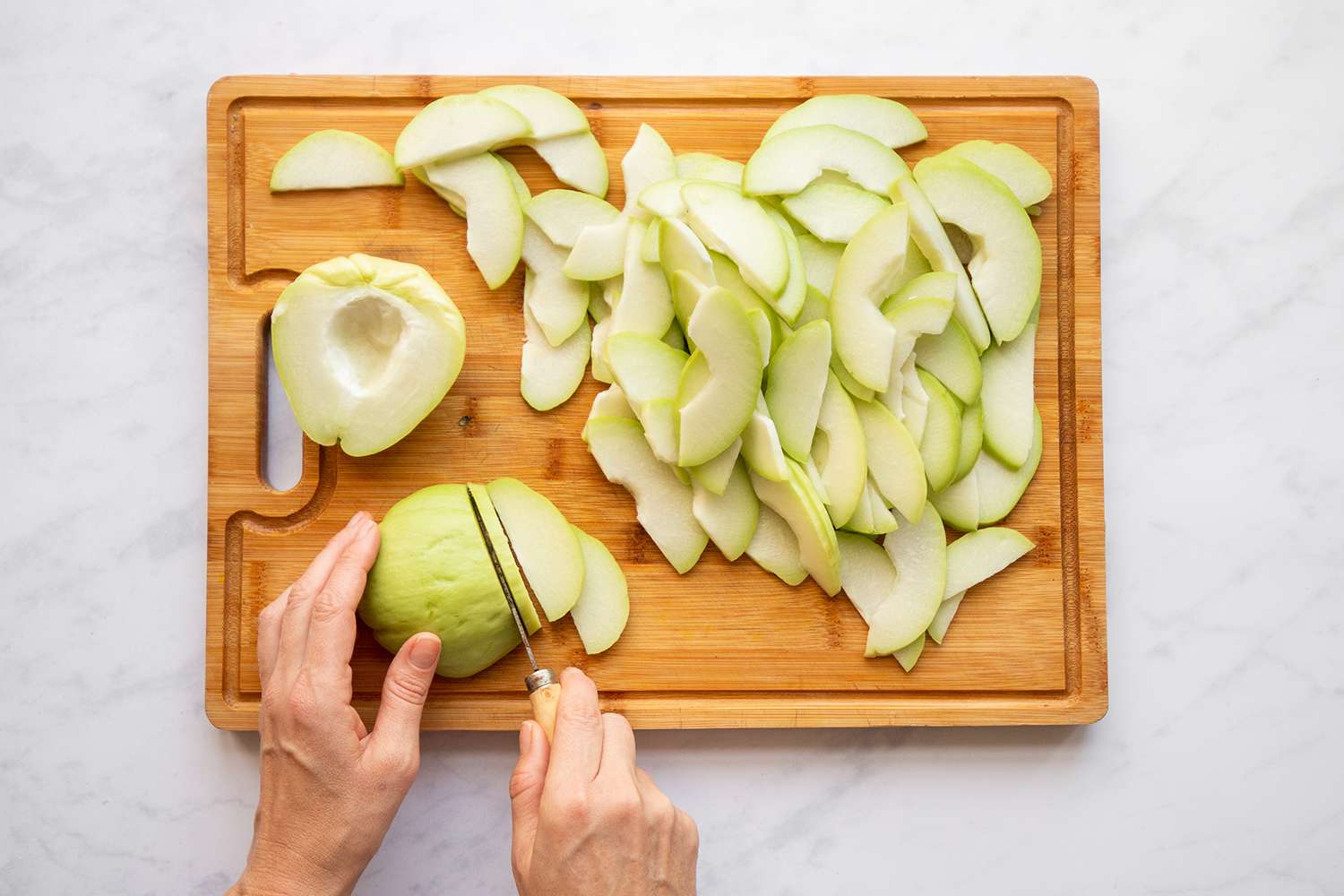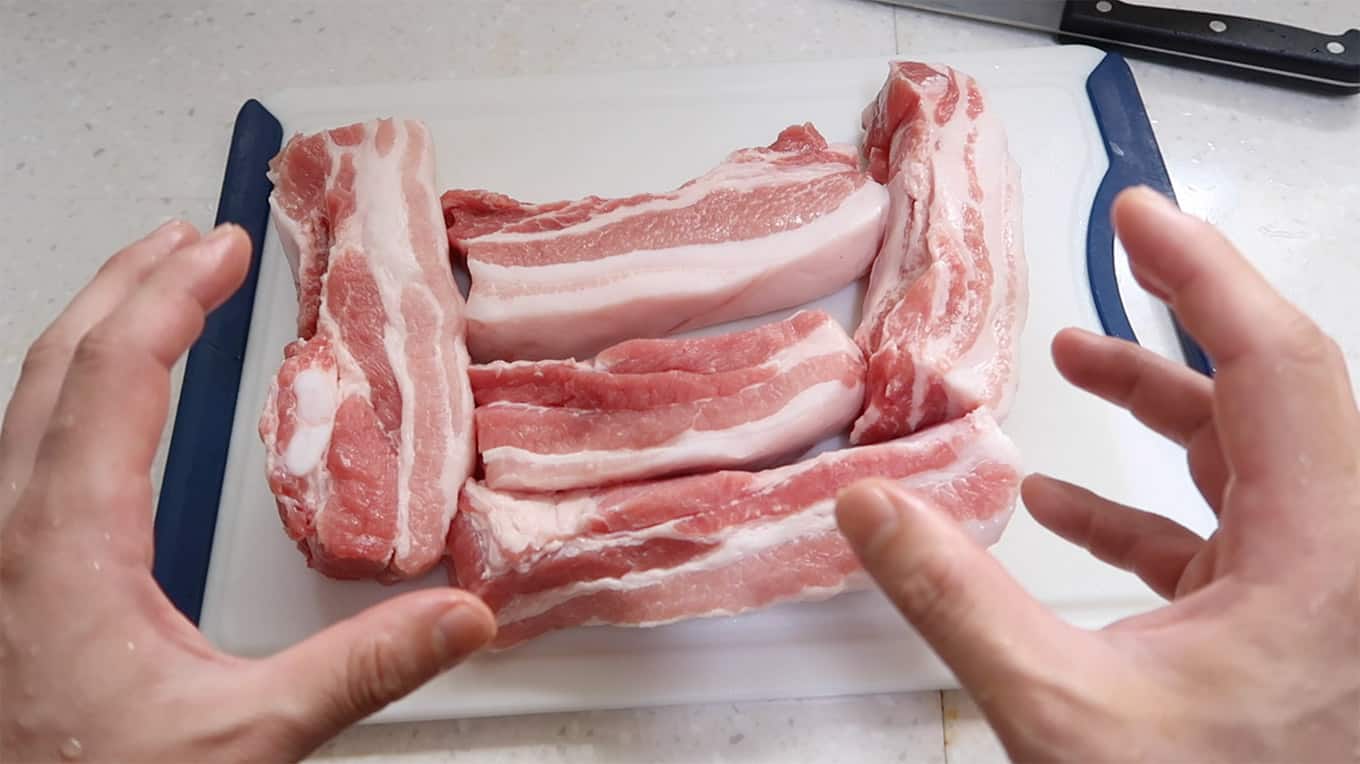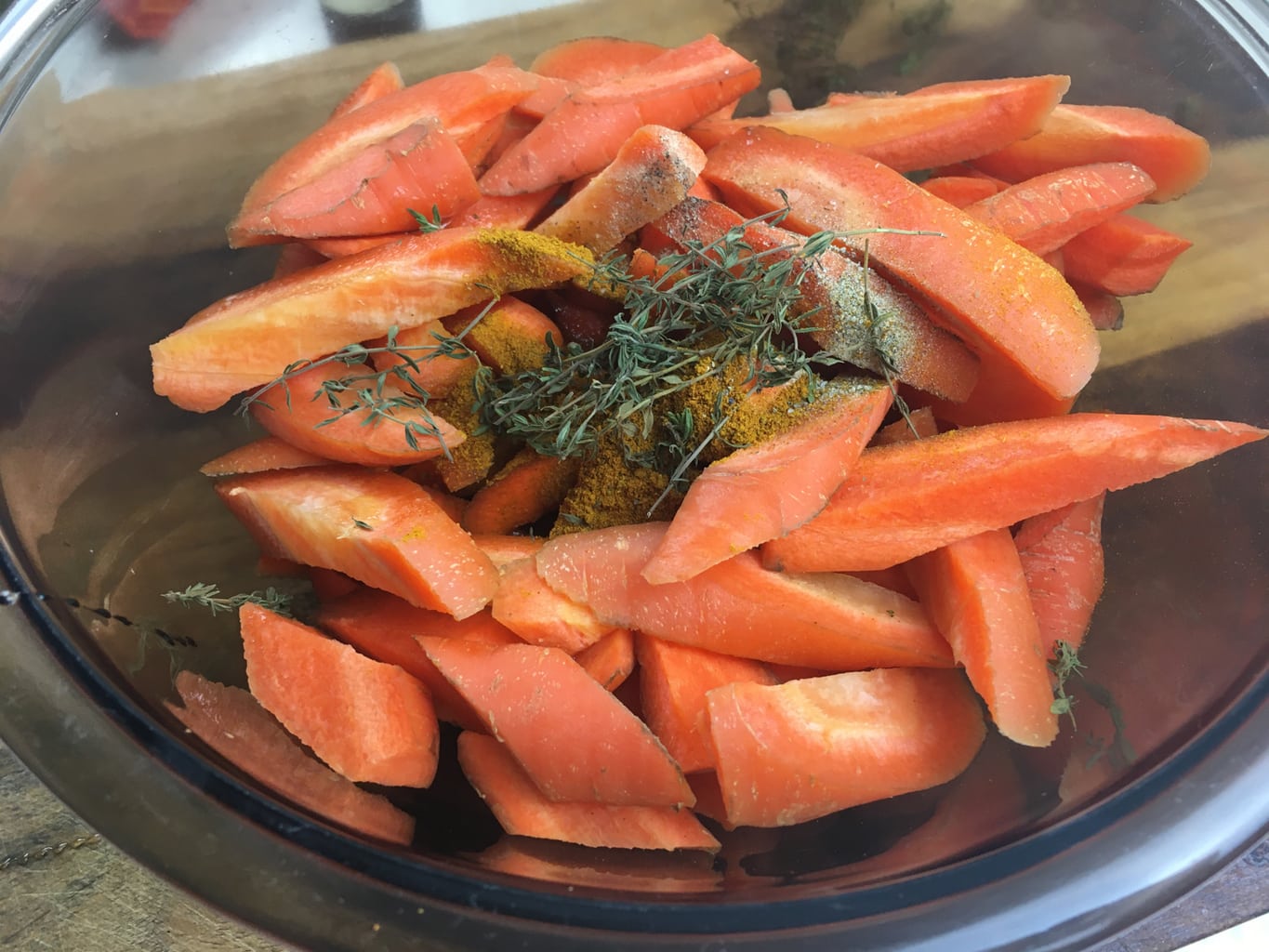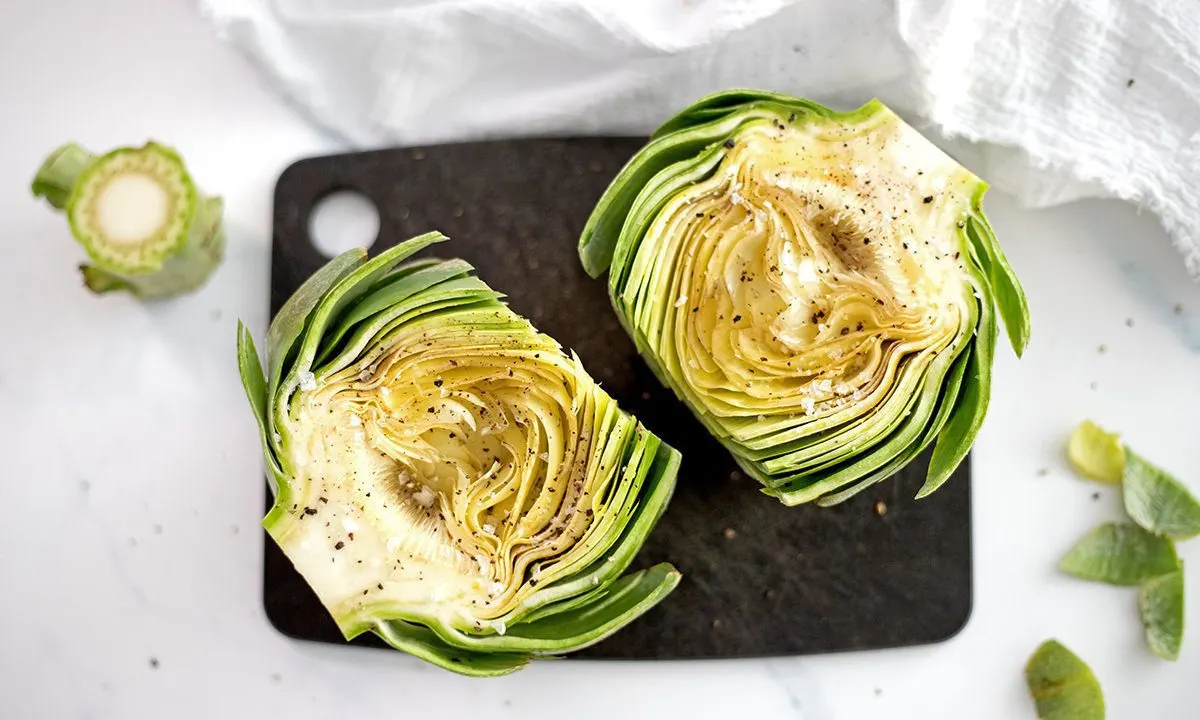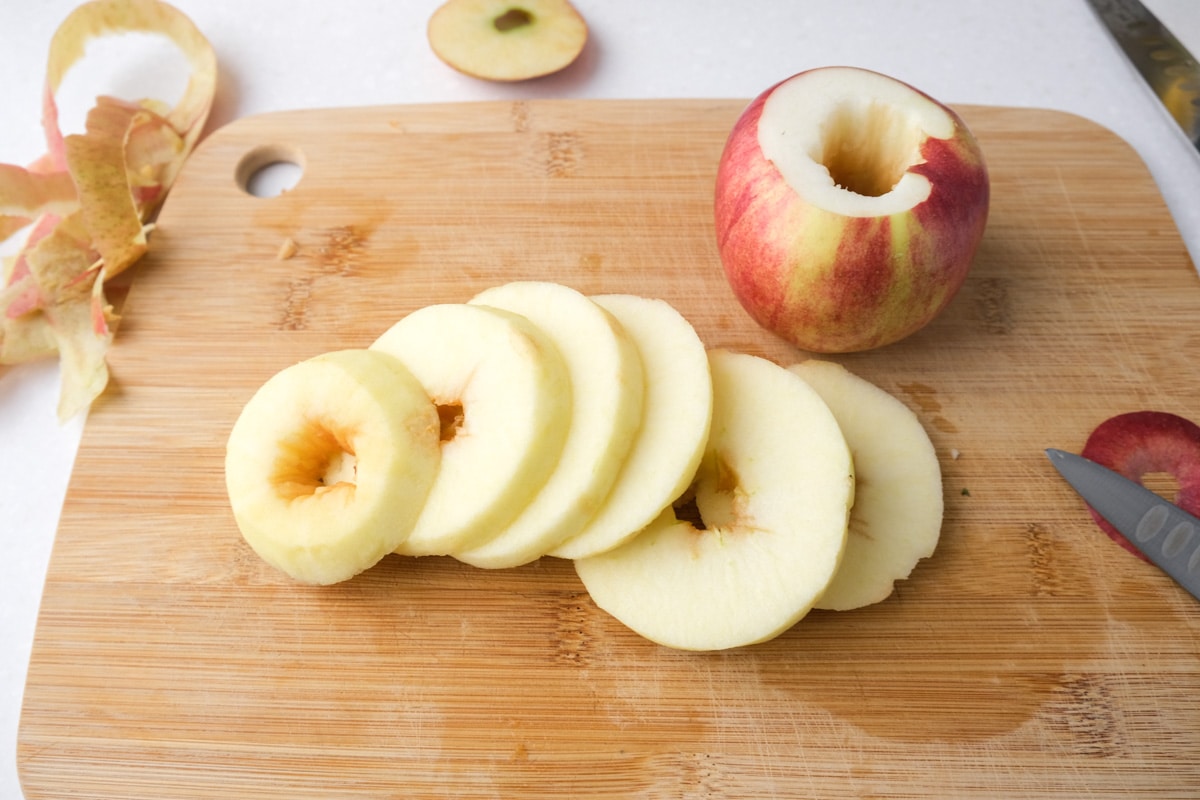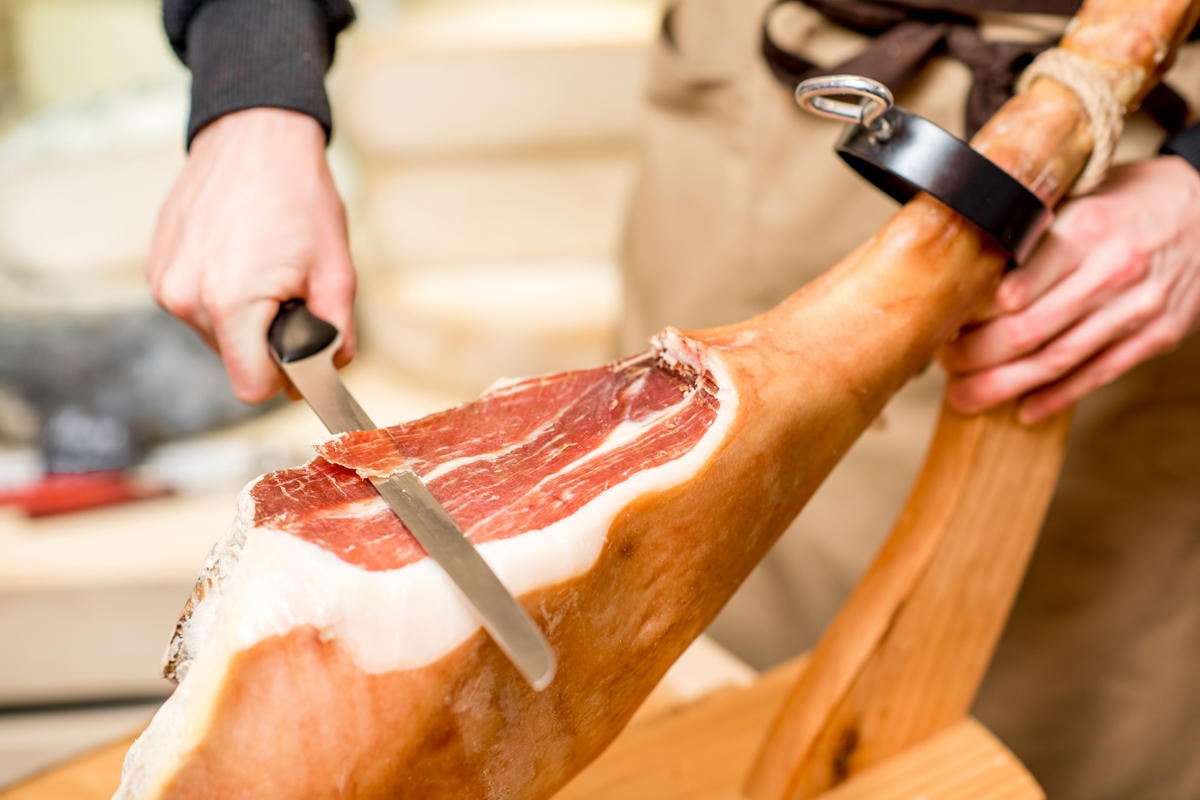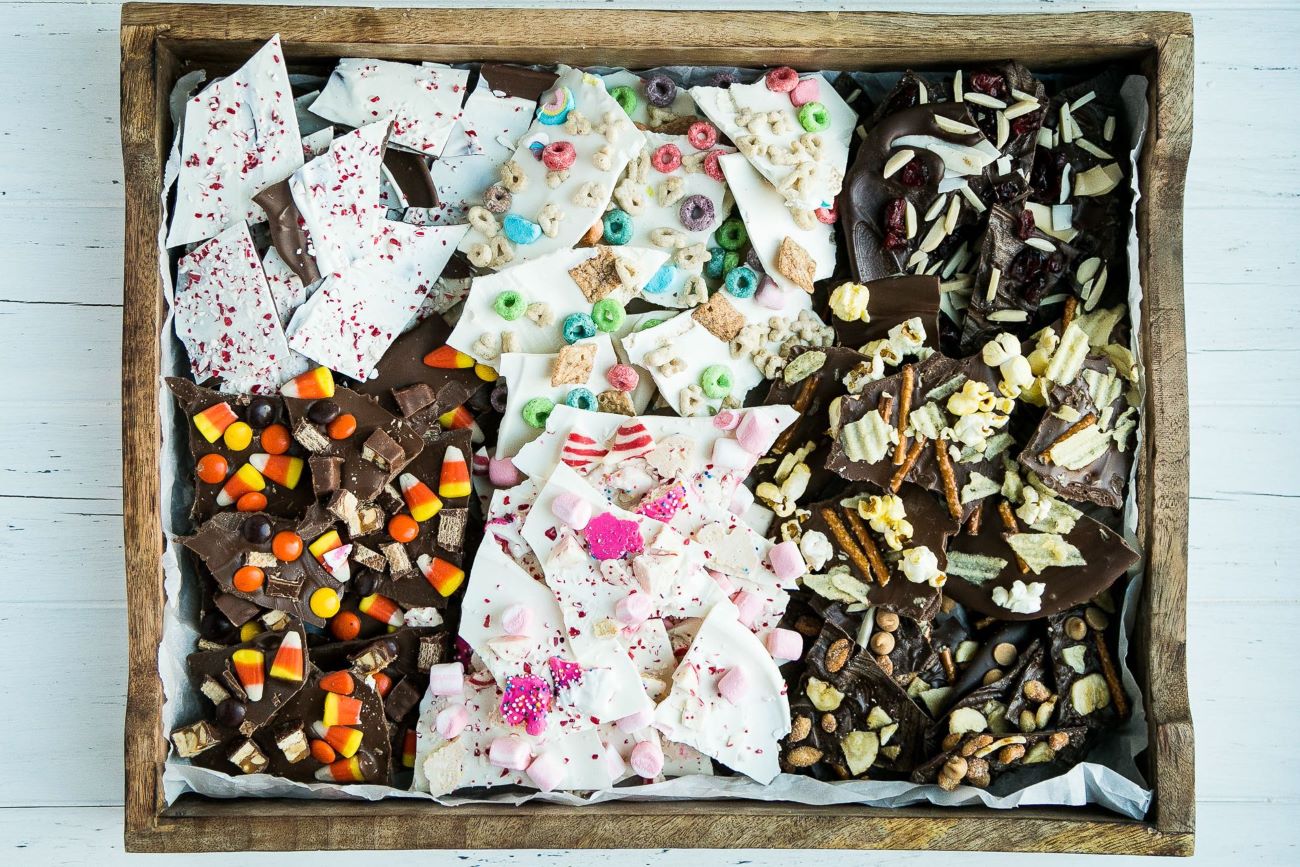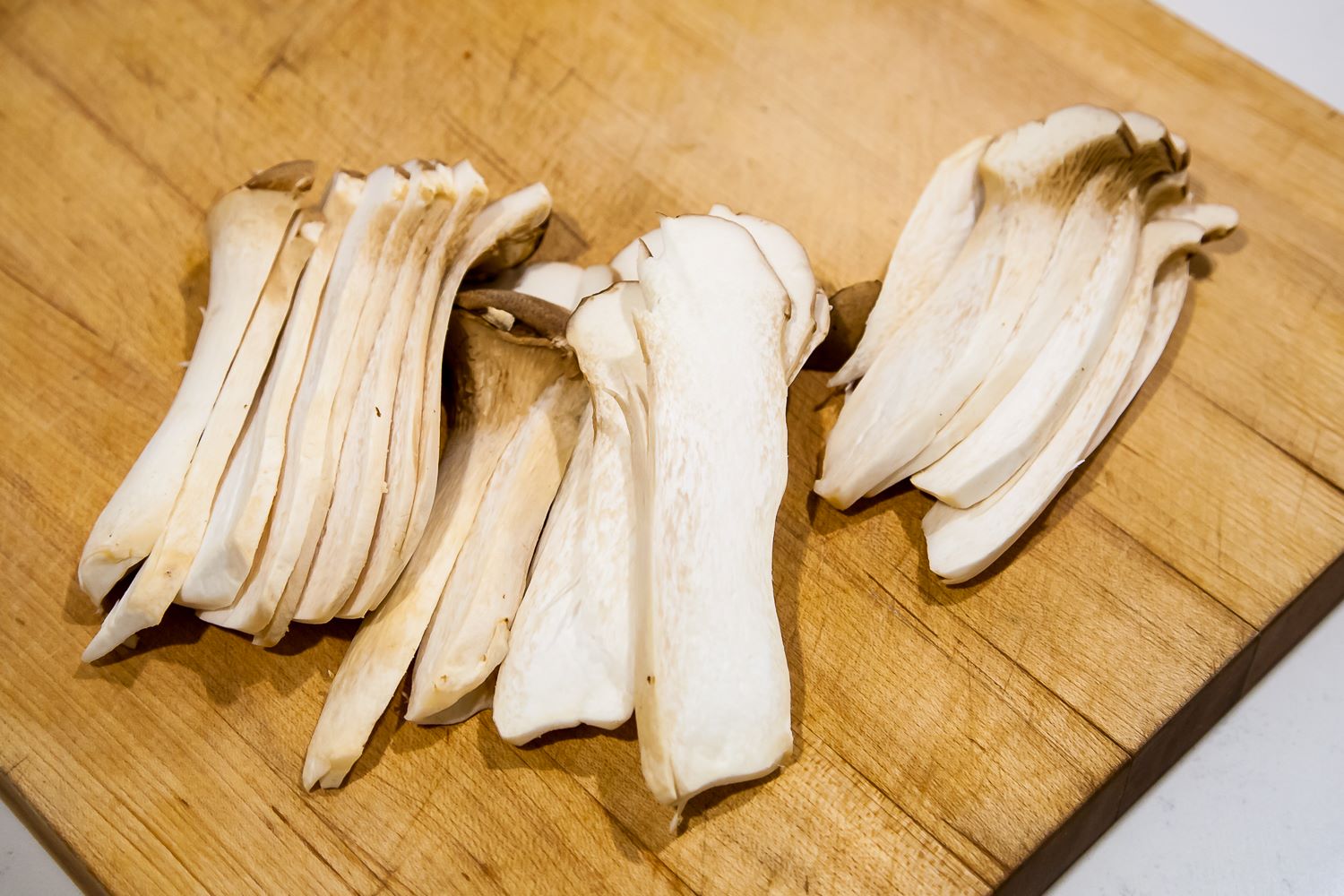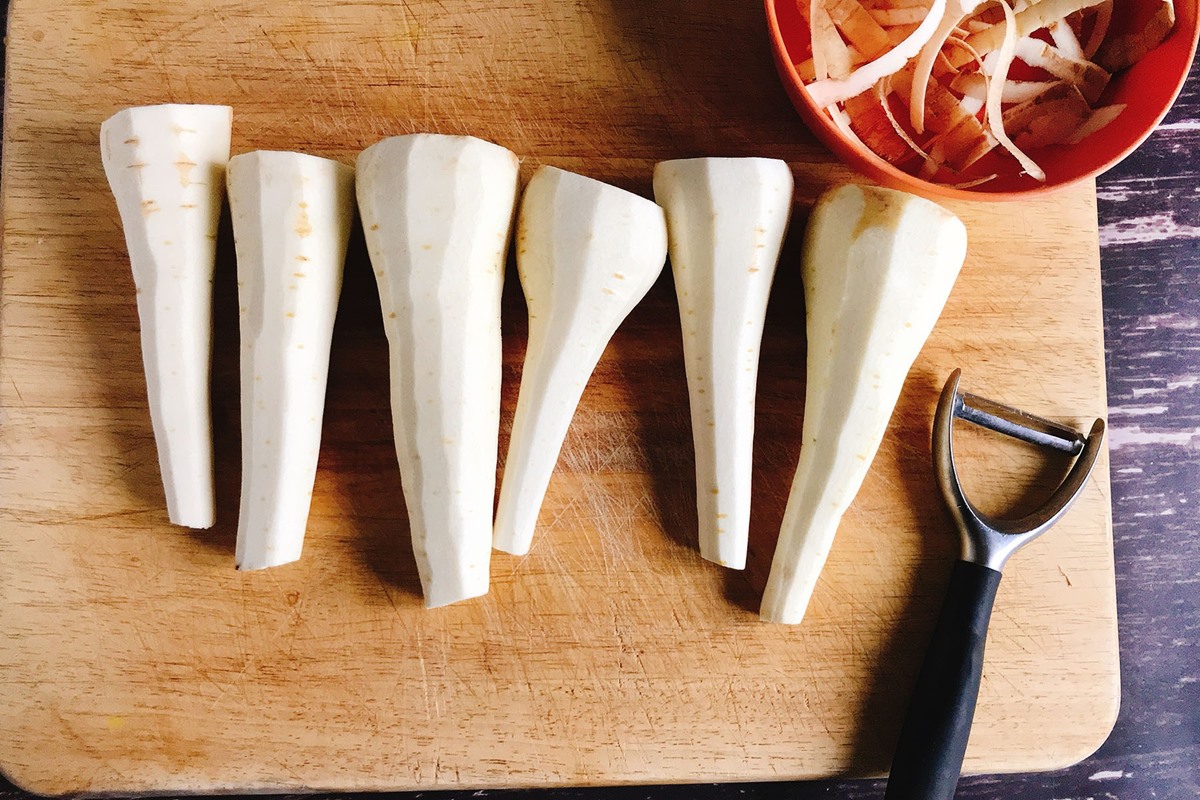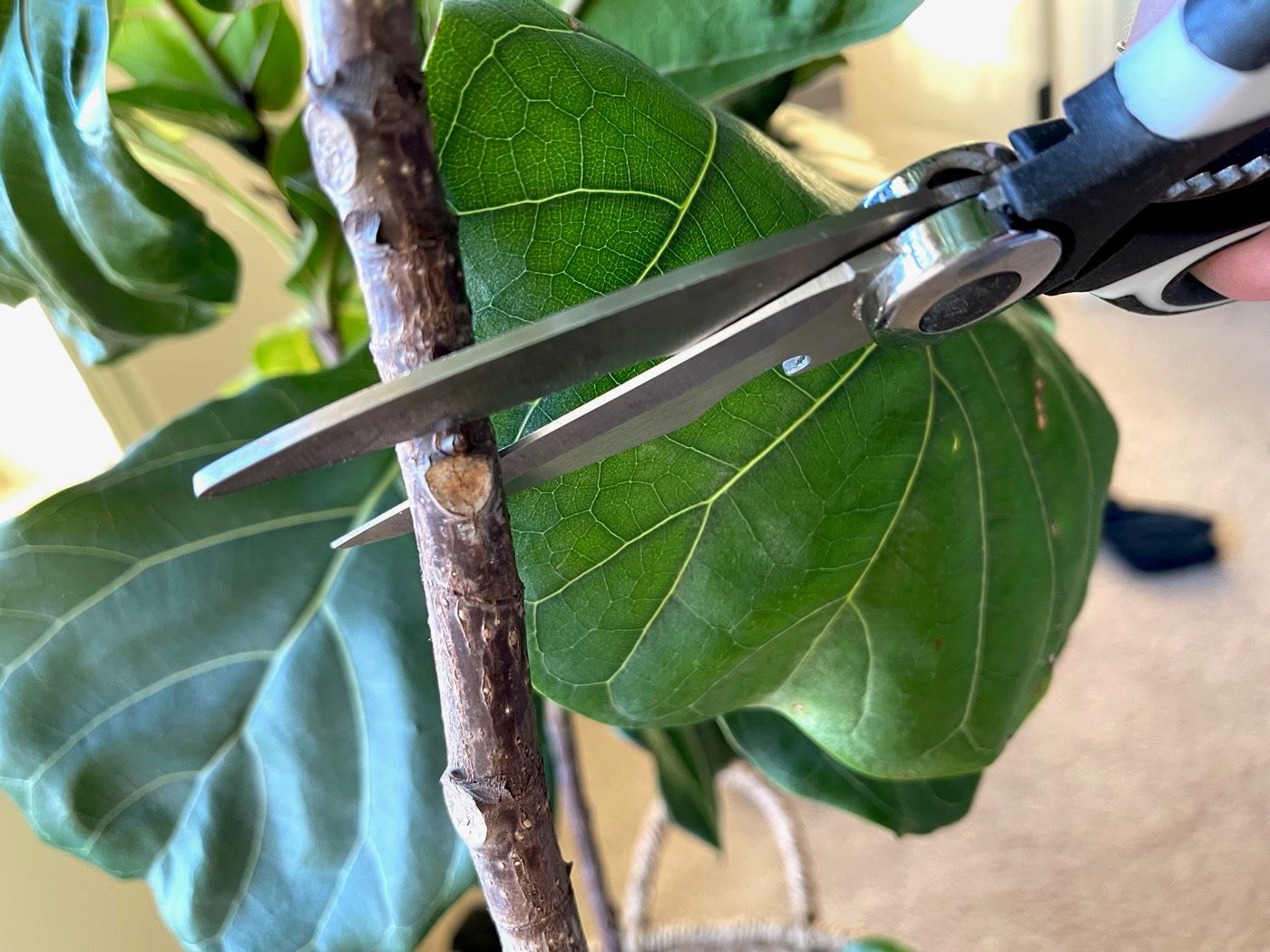Cutting baklava before it hits the oven is an art that ensures each piece cooks evenly and has those crisp, honey-soaked edges we all love. Whether you're a seasoned baker or trying your hand at this Middle Eastern delight for the first time, mastering the technique can elevate your baklava game. With a sharp knife and a bit of patience, you'll create perfect, diamond-shaped pieces that not only look professional but also allow the syrup to seep through every layer. Let's dive into the steps to achieve that coveted texture and flavor in your next baklava batch.
Gather Your Baklava Essentials
- Phyllo dough sheets
- Unsalted butter, melted
- Walnuts, finely chopped
- Sugar
- Ground cinnamon
- For the syrup:
- Water
- Sugar
- Honey
- Vanilla extract
- Lemon juice
Essential Tools for Crafting Baklava
- Sharp Chef’s Knife
- Pastry Brush
- Baking Pan
- Ruler or Measuring Tape (optional for precision)
- Parchment Paper (optional for easier cleanup)
For perfect baklava, cut your pastry into diamonds or squares before baking. Use a sharp knife, making sure to slice through all layers for easier serving once cooked.
The Importance of Cutting Baklava Before Baking
Cutting baklava before baking ensures that the syrup seeps into every layer, creating a uniformly sweet and moist dessert. This method also prevents the delicate phyllo pastry from breaking, allowing for clean, precise cuts that enhance the presentation and make serving easier.
Pre-cutting allows the heat to distribute evenly, ensuring that each piece cooks perfectly. This step is crucial for achieving that signature crispy texture while maintaining the richness of the nuts and spices inside. It's a simple yet effective technique to elevate the overall quality of the baklava.
Your Ultimate Guide to Cutting Baklava
-
Preheat your oven to the temperature specified in your baklava recipe. This ensures that once your baklava is cut and ready, it can go straight into the oven without waiting.
-
Prepare your baklava in the baking dish by layering phyllo dough and filling as your recipe directs. Make sure to butter the top layer generously to achieve a golden, crisp finish.
-
Choose a sharp knife. A serrated bread knife or a sharp chef's knife works best for cutting through the layers without crushing them.
-
Decide on the shape of your pieces. Traditional baklava is often cut into diamonds or squares. This choice affects not only the presentation but also the number of servings.
-
Start by cutting your baklava lengthwise into strips. Hold the knife at an angle and make sure each cut is even and goes all the way through to the bottom of the pan.
-
Cut diagonally across the strips you just made to form diamond shapes. Alternatively, for square pieces, make parallel cuts perpendicular to the initial strips.
-
Wipe your knife with a clean, damp cloth between cuts to prevent sticking and ensure clean lines.
-
Gently retrace your cuts if necessary, ensuring that each piece is fully separated from its neighbors. This step is crucial for proper baking and easy serving after the baklava is cooked.
-
Bake as directed in your recipe, watching carefully towards the end of the baking time to avoid over-browning.
-
Pour the syrup over your baklava immediately after removing it from the oven. This step is essential for achieving the perfect texture and flavor.
-
Cool completely at room temperature to allow the syrup to soak through all the layers, making your baklava perfectly moist and flavorful.
-
Serve once fully cooled, using the cuts made before baking as guides to lift each piece out of the pan.
Mastering the Final Touch
Cutting baklava before it hits the oven isn't just a step; it's an art that ensures every piece cooks evenly and soaks up that sweet, syrupy goodness perfectly. Remember, sharp knife, cold dough, and a bit of patience are your best friends here. Whether you're going for traditional diamond shapes or opting for squares, the key is consistency in size for that picture-perfect presentation and delightful texture in every bite. Don't rush through this step. Take your time to make those cuts precise and your baklava will not only look professional but taste divine. After all, it's these little details that turn a good dessert into a great one. So, next time you're in the kitchen whipping up this classic treat, remember, how you cut it beforehand really does make all the difference.
More Delicious Baklava Recipes to Try
Once you've mastered the art of cutting baklava as detailed in the guide, it's time to apply this skill across a variety of delicious recipes. From the nutty layers of Classic Walnut Baklava Recipe to the subtle sweetness of Pistachio Honey Baklava Recipe, each offers a unique twist on this classic dessert. For those seeking a vegan option, the Vegan Cashew and Cardamom Baklava Recipe is highly recommended for its inventive use of dairy-free ingredients. Another must-try is the Chocolate Hazelnut Baklava Recipe, which combines rich chocolate and hazelnuts for a decadent treat. These recipes not only provide a delightful end product but also allow you to practice and perfect your baklava cutting technique with various textures and fillings.
All Your Questions About Baklava Answered
Why should I cut baklava before baking?
Cutting baklava before it hits the oven ensures that the syrup you'll pour over it later seeps into every nook and cranny. This step is crucial for achieving that perfectly sweet, moist, and flaky texture baklava is famous for. Without pre-cutting, you might end up with dry patches or overly soggy areas, ruining the balance of flavors and textures.
What's the best knife to use for cutting baklava?
A sharp, thin-bladed knife is your best friend here. You want something that will make precise, clean cuts without dragging or tearing the delicate phyllo layers. Some folks swear by a serrated knife, while others prefer a straight-edged blade. Experiment to see which works best for you, but remember, sharpness is key.
How deep should I cut into the baklava?
Aim to cut all the way through the top layers of phyllo, stopping just short of the bottom layer. This technique allows the syrup to penetrate the dessert fully while keeping the baklava pieces intact in the pan. Cutting all the way through might cause the syrup to pool at the bottom, leading to a soggy base.
Can I cut baklava into different shapes?
Absolutely! While diamonds and squares are traditional, feel free to get creative. Triangles, rectangles, or even more intricate designs can add a fun twist to your baklava. Just keep in mind that smaller pieces will bake and soak up syrup differently than larger ones, so you might need to adjust baking time and syrup quantity.
Is there a trick to cutting baklava evenly?
Yes, there's a handy trick: score the top layer of phyllo lightly with your knife first, mapping out your cuts. This guide helps ensure even pieces and reduces the risk of tearing the phyllo. Once you're happy with the layout, proceed to cut through more firmly, following your initial guide.
How do I prevent the phyllo from tearing while cutting?
Keeping the phyllo moist is crucial. Cover the layers you're not working with a damp towel to prevent them from drying out and becoming brittle. When it's time to cut, use a gentle sawing motion if you're using a serrated knife, or a swift, decisive motion with a straight-edged blade. Work slowly and carefully to avoid tears.
What should I do if the phyllo starts to tear?
Don't panic! Minor tears won't ruin your baklava. If a piece tears, simply smooth it back into place as best as you can. The syrup you'll pour over the baklava after baking will help glue any broken pieces together, and once baked, those minor imperfections usually aren't noticeable.
